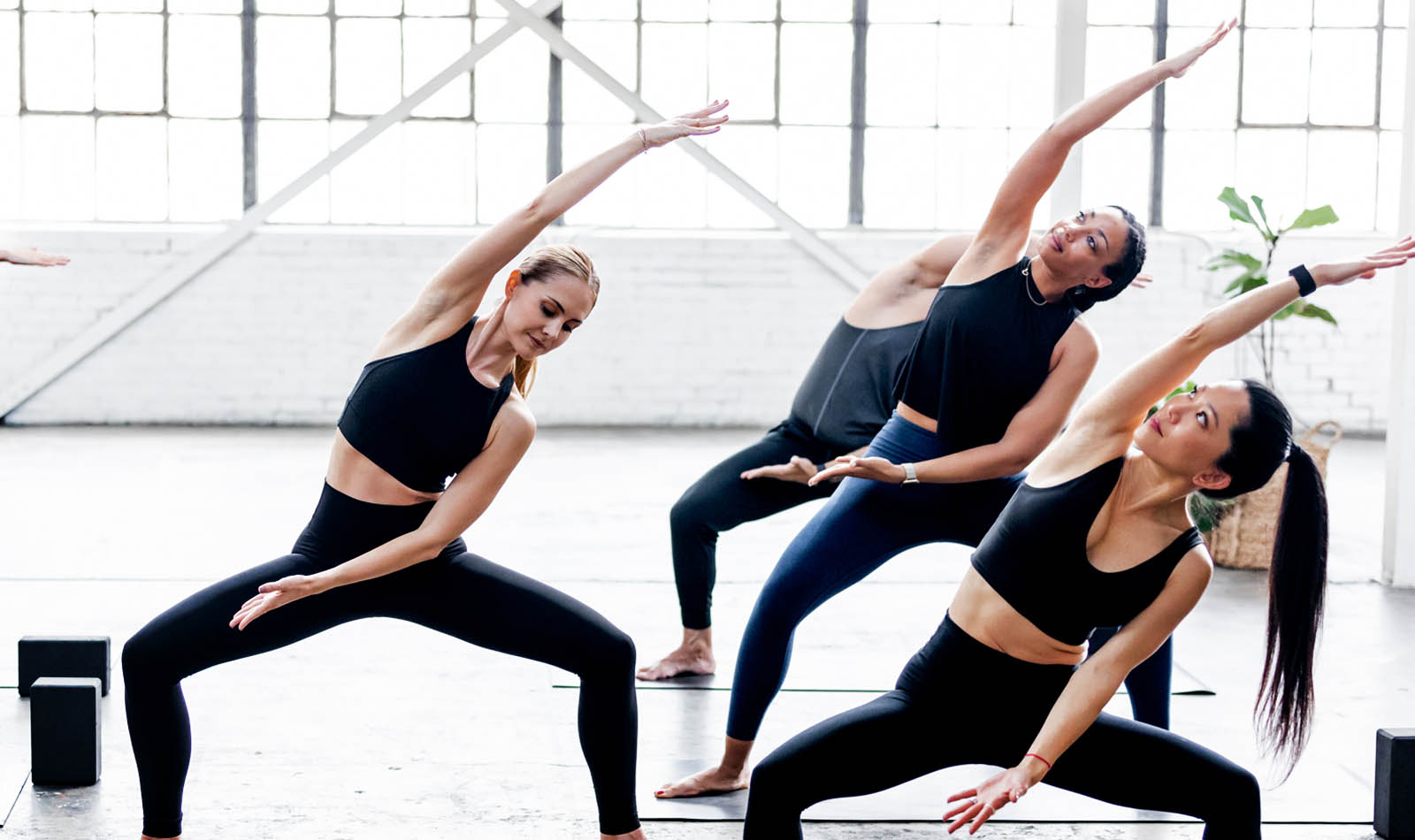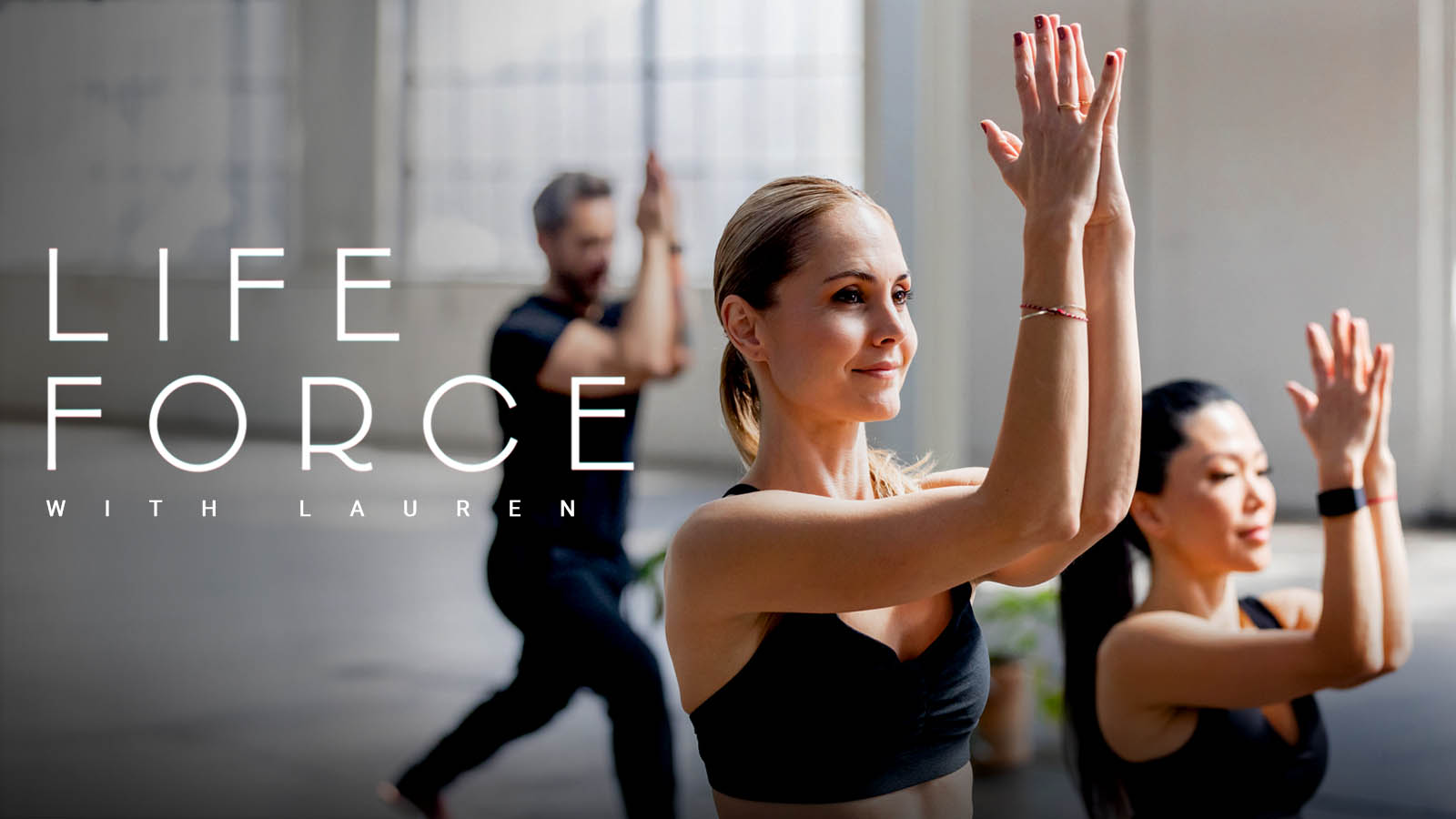Inner Reflections
July 29, 2024
Practice Embodying the Prana Vayus to Cultivate Greater Clarity & Authenticity

In the final stretch of my father’s life (he lost his battle with pancreatic cancer a few years back), I continued teaching a full schedule of yoga classes, but I visited with him daily. One afternoon between classes, I hurried home so I could change my clothes and then get to his side—but I couldn’t find a parking spot. I double-parked in the alley outside my apartment, threw on my hazard lights, and dashed inside. I’ll be fast, I thought.
Two minutes later, someone laid on their car horn. I darted downstairs and a small, angry, elderly woman stopped me in my tracks: She had her head stuck out her car window and was hurling profanities my way. I took a deep breath, looked at the woman sincerely and said, “I’m so sorry.” As I moved my car, she unleashed another deluge of obscenities laced with assumptions about my “entitlement,” ending the diatribe with, “I’m headed to a doctor’s appointment and I’m afraid I’ll be late!”
As I watched her furiously speed away all alone, I was reminded of a quote I often repeat to myself when I’m frustrated by others: “Be kind; everyone you meet is fighting a battle you know nothing about.” In that moment, I was overwhelmed with empathy for my neighbor. Going to the doctor can be difficult. Going solo can be even harder. Of course, she likely didn’t consider I might be fighting a battle of my own—that my visits with my dad were some of the last moments I’d spend with him.
When I think back on this interaction, I’m grateful for my yoga practice—and particularly the ways in which it helps me to embody the prana vayus. Translated, prana means “life force” or “vital energy,” and vayu means “wind” or “direction of energy.” The prana vayus are the various directions in which life force flows, and our understanding of them can help us regulate the physical body and its systems—and support us in responding to challenges with greater steadiness and balance. For instance, in my one-minute interaction with my neighbor, I was able to ground down through my feet (apana vayu), take a deep breath and feel into my center (samana vayu), hold my head up (udana vayu), soften my eyes as they gazed outward at her (vyana vayu), and simply say, “I’m sorry” about the circumstances surrounding us (prana vayu).
Experiencing the prana vayus in my practice keeps me connected to the flow of energy within me and the world around me. The result is that the flow of energy within me is reflected externally in a way that aligns with my values and my highest self.
The prana vayus are a pathway for inquiry, giving your practice on the mat broader potential to inform and enliven your life. What we practice we become, and the prana vayus help us move with awareness, compassion, balance, and integrity. Notice each prana vayu in your practice. Pay attention to the liveliness of all five pathways in each moment or breath. Through your own experiences, you’ll develop an understanding that for each direction energy flows, there must be a complementary and opposing flow of energy in order to achieve harmony. Moving from this place of awareness, watch as your practice comes alive in every relationship you value, beginning with the one you have with yourself. Learn them. Embody them. And watch as they train you to move through your yoga practice —and your life—from a place of peace, power, and connection.
 Get to know the five prana vayus with my new series Life Force streaming exclusively on innerdimensionyoga.com!
Get to know the five prana vayus with my new series Life Force streaming exclusively on innerdimensionyoga.com!
By Lauren